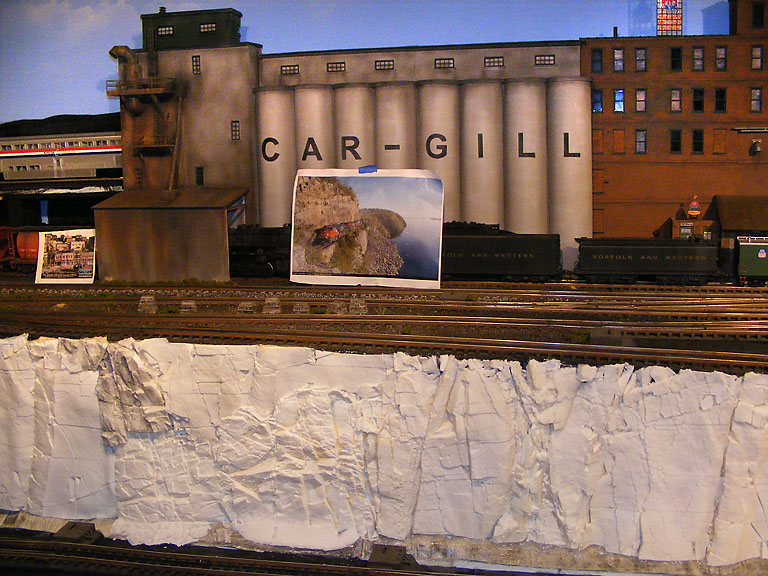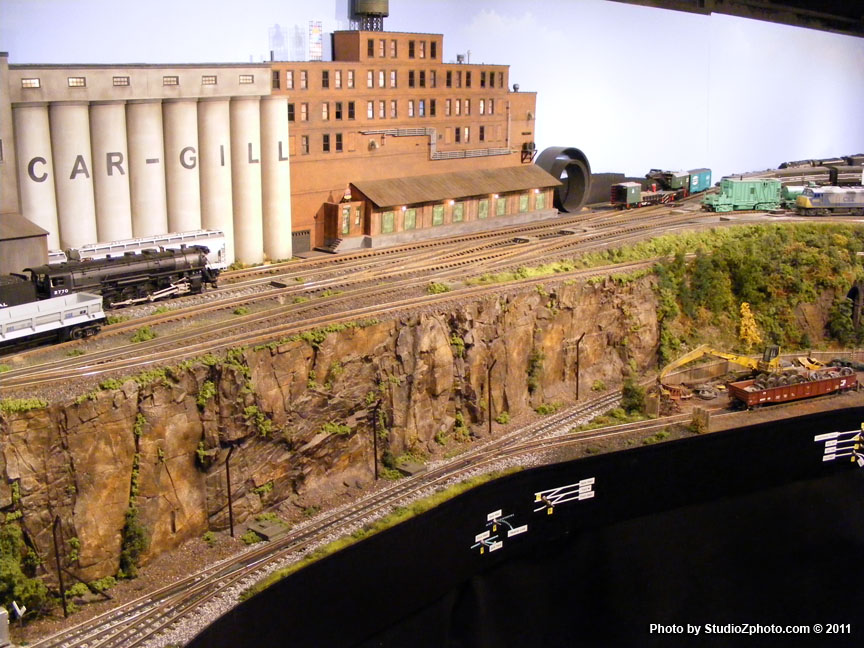This is the first mountain for my new layout. It is made to be removed as it will be covering some plumbing but I hope I never have to move it. I used structolite thanks to Jim Policastro's advice and I am pleased with the product.
I have various rock molds but based on the shape of the mountain, I am not sure if I should use them or where I would place them. I also am not sure of the base coat color. I was thinking of a slate gray, sprinkled with green ground foam and assorted evergreen trees.
Any advice or suggestions would be appreciated. Thanks.




























